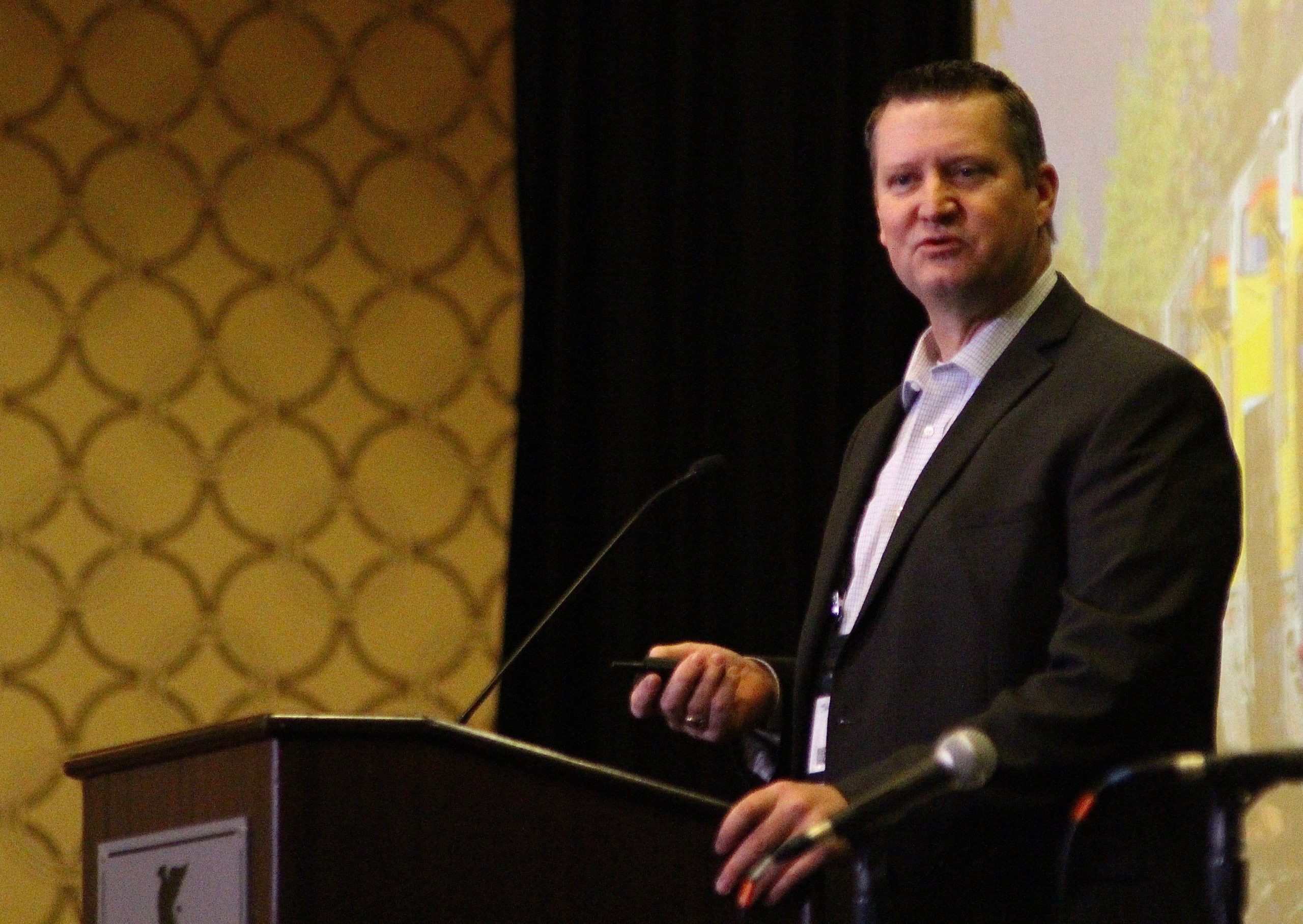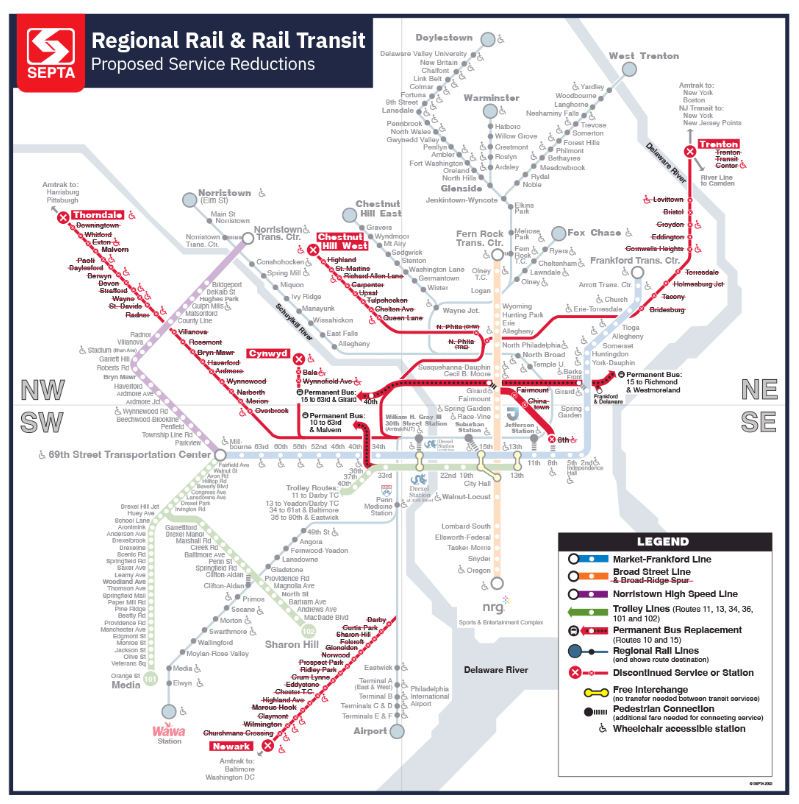UP was the first of seven Class I railroads giving presentations about capital spending this year at the 2018 National Railroad Contractors & Maintenance Association conference at the J.W. Marriott at L.A. Live.
UP has not yet approved its final 2018 capital budget, but Kevin Hicks, the railroad’s associate vice president, engineering-design, said the railroad spent approximately $3.1 billion on capital projects in 2017. The railroad will continue its focus on bridge replacement, working to eliminate timber bridges in the South and beginning to address major steel structures that are 100 or more years old. UP is also about half-way through a process of upgrading control systems at 17 hump yards, some of which are using systems from the 1950s and 1960s.
Union Pacific’s 2017 capital expenditures included $1.86 billion, or 60 percent, devoted to infrastructure replacement.
Union Pacific is coming off a year that saw it deal with the two biggest weather-related events in its history: Hurricane Harvey, which devastated Texas in August, and a severe winter in its western region. At its peak on Aug. 31, Harvey’s disruptions took 1,480 miles of track out-of-service. One week later, just 110 miles remained out-of-service and by Sept. 18, all service had been restored.
UP officials say the railroad will likely meet the 2018 deadline for implementing positive train control, Hicks says. As of Sept. 30, 2017, PTC was in service on 43 percent of the railroad.
In other presentations Thursday:
• Canadian Pacific has not yet established its capital budget, said Matt Foot, general manager, engineering-planning. Historically, he noted, the railroad has spent about $650 million on its basic replacement capital plan (track and infrastructure work); in 2017, the railroad’s approximate capital budget was just under $1 billion in U.S. dollars.
Preliminary plans for 2018 include 210 miles of new rail, 140 miles of relay rail, replacement of 1.27 million ties, and 167 miles of ballast work. The railroad projects 70 bridge design or construction projects, 170 culvert design or replacement projects, and 45 bridge-tie replacement projects. A high percentage of the bridge projects will be on the CP-owned Dakota, Minnesota & Eastern, replacing timber trestles nearing the end of their lifespan. The railroad also is increasing its focus on infrastructure in tunnels.
• Chicago’s Metra has budgeted $196.7 million for capital projects in 2018, led by $71.7 million for rolling stock and $39.6 million for track and structures. Bruce Marcheschi, Metra’s chief engineering officer, highlighted a number of projects entering the bid or procurement stage, including an effort to address more stations in need of upgrading. That list is led by two projects on the Metra Electric District: a $40-million refurbishment of the underground Van Buren Street station, and a $14.3-million remodeling and expansion of the 59th/60th Street Station, which serves the University of Chicago and the forthcoming Obama Presidential Center.
Also notable is a $95-million project, a partnership with Union Pacific, to add a third main line on the UP West line from West Chicago to Geneva, Ill. That 6.1-mile project, and a 1.8-mile segment to the east, will close the last remaining gaps in what otherwise is a triple-track route.
Funding remains a significant issue for Metra, Marcheschi says, with the operation currently expecting to receive only about a quarter of its $12.1 billion state-of-good-repair needs over the coming decade.
• Sound Transit, the Seattle-area system, is in the early stages of a 25-year, $54-billion expansion approved by voters in 2016. That expansion, outlined by Ted Lucas, Sound Transit’s procurements and contracts director, will increase the light-rail system from its current 22 stations to 50 by 2024 and 83 by 2041, as well as extended reach for the Sounder commuter trains and bus rapid transit systems.
• Watco, which operates 37 railroads covering 5,100 miles, as well as port and terminal facilities, will spend $38.5 million on track projects in 2018. Aaron Jensen, Watco’s executive vice president for business solutions, says the largest portion of that figure, $21 million, will go to tie-replacement projects.
• OmniTRAX, which operates 21 shortline railroads covers 2,400 miles of track, did not yet have a total budget for capital projects in 2017 but says track rehabilitation and track construction will be the railroad’s top capital projects. The biggest projects will involve the Alabama & Tennessee River Railway; Brownsville & Rio Grande International Railway; Georgia & Florida Railway; Great Western Railway of Colorado; Illinois Railway; Kettle Falls International Railway; Nebraska, Kansas & Colorado Railway; and Panhandle Northern Railroad.
• In his financial overview of the railroad industry, analyst Anthony B. Hatch of ABH Consulting emphasized the importance of rail spending on information technology, and how the money sunk into positive train control can become “the backbone of the digital railroad.”
“Railroads need to spend a lot more on technology,” Hatch says, “because the long-term threat is technology being promoted by everybody … Driverless electronic vehicles could potentially impact 20 percent of the current business and [goodness] knows what percentage of the potential, future business. Railroads have great ability to handle this threat.”
In part, he said, that’s because the digital systems in place for positive train control can provide the opportunity to “do more in terms of customer reach, visibility and also monitoring issues with maintenance of way, et cetera.”
• A record 65 companies received 2017 NRC Safety Awards, with 34 receiving platinum awards for perfect scores.
The conference continues Friday, with presentations expected from Norfolk Southern and Canadian National.















I wonder if Mr. Hicks title is a reduction in title and a frozen pay grade and no bonus as many UP management employees are dealing with.
Sounds like “flat” is not an accurate description.